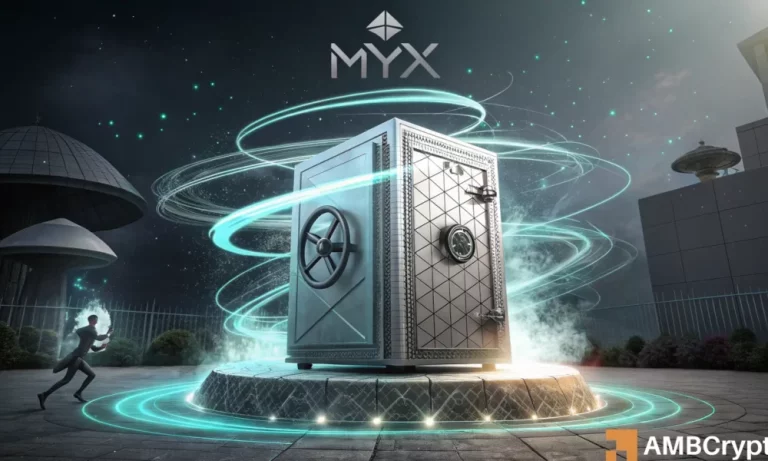
Smart Homes and Smart Living: The Technological Transformation of European Homes by 2025
Smart Homes and Smart Living are revolutionizing the way Europeans live, work, and interact with their homes. The integration of smart technologies, such as the Internet of Things (IoT), artificial intelligence (AI), and data analytics, is transforming European homes into intelligent, efficient, and sustainable living spaces.
Introduction to Smart Homes
Smart homes are residences that incorporate advanced technologies to provide occupants with a high level of comfort, convenience, and energy efficiency. These homes are equipped with sensors, actuators, and microcontrollers that collect and analyze data to optimize energy consumption, lighting, temperature, and security.
The concept of smart homes has been around for decades, but recent advancements in technology have made it more accessible and affordable for European homeowners. The European smart home market is expected to reach $24.86 billion by 2025, driven by the increasing demand for energy efficiency, home security, and convenience.
Key Features of Smart Homes
Some of the key features of smart homes include:
- Energy management systems that optimize energy consumption and reduce waste
- Home automation systems that control lighting, temperature, and security
- Smart appliances that can be controlled remotely and optimized for energy efficiency
- Advanced security systems that include biometric authentication and motion detection
- Health and wellness monitoring systems that track air quality, humidity, and other environmental factors
Benefits of Smart Homes
The benefits of smart homes are numerous and include:
- Energy efficiency and cost savings
- Increased comfort and convenience
- Improved home security and safety
- Enhanced health and wellness
- Increased property value
Smart Living: The Future of European Homes
Smart living is the future of European homes, and it’s not just about technology; it’s about creating a better quality of life. Smart living encompasses a range of concepts, including sustainable living, healthy living, and connected living.
Sustainable living involves reducing energy consumption, waste, and environmental impact. Healthy living involves creating a living space that promotes physical and mental well-being. Connected living involves creating a sense of community and connection with others through technology and social networks.
Conclusion
In conclusion, smart homes and smart living are transforming the way Europeans live, work, and interact with their homes. The integration of smart technologies is creating intelligent, efficient, and sustainable living spaces that provide occupants with a high level of comfort, convenience, and energy efficiency.
As the European smart home market continues to grow, we can expect to see more innovative solutions and applications of smart technologies in homes. The future of European homes is smart, connected, and sustainable, and it’s an exciting time for homeowners, developers, and technology providers.





